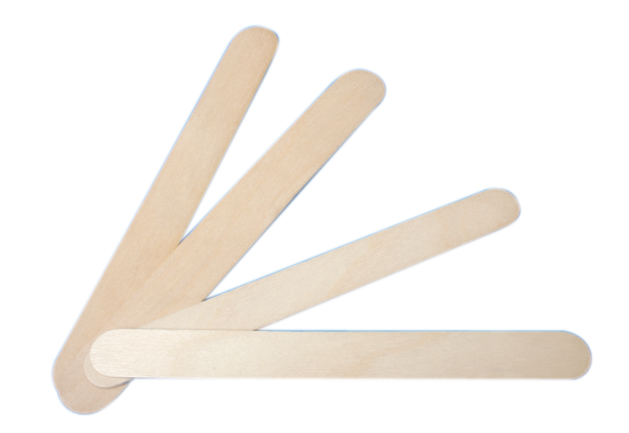Wooden Tongue Depressor, Wooden Tongue Sterile, and Non-Sterile, tongue depressor sterilization, Adult Tongue Depressor, Wooden medical tongue depressors, tongue depressor price.
For infants, passively elevating the tongue tip with a may reveal the problem.
 Tongue depressor
Tongue depressor sticks are strongly recommended for construction as they have lower tension than craft sticks and thus are easier to work with.
The health professional will press the tongue down with a flat stick ("
tongue depressor") and then examine the mouth and throat.
Oropharyngeal secretions were collected from children using sterile cotton-tipped applicator swabs with tongue depressors to visualize the oropharynx.
Since they are inexpensive and difficult to clean, Wooden Tongue Depressor
wooden tongue depressors are normally labeled for disposal after a single use.
For example engineered wood, millwork, cabinets, furniture, tongue depressors, or popsicle sticks, just to name a few.
Examples range from simple devices such as medical thermometers, and disposable gloves to advanced devices such as medical robots, cardiac pacemakers, and neuroprosthetics.
A recent competition had students building bridges using tongue depressors and glue, with bridges spanning more than four feet.
Winnicott placed a shiny
tongue depressor at the edge of the table and conveyed how he wished the adult to contribute as little as possible to what happened next.
His first invention, as a child, was for a lighted
tongue depressor that his father, a local physician, could use.
A
tongue depressor (sometimes called a
spatula) is a tool used in medical practice to depress the tongue to allow for examination of the mouth and throat. The most common modern tongue depressors are flat, thin, wooden blades, smoothed and rounded at both ends, but, historically, tongue depressors have been made of a variety of materials.
Since they are inexpensive and difficult to clean because of their porous texture, wooden tongue depressors are labeled for disposal after a single usage.
